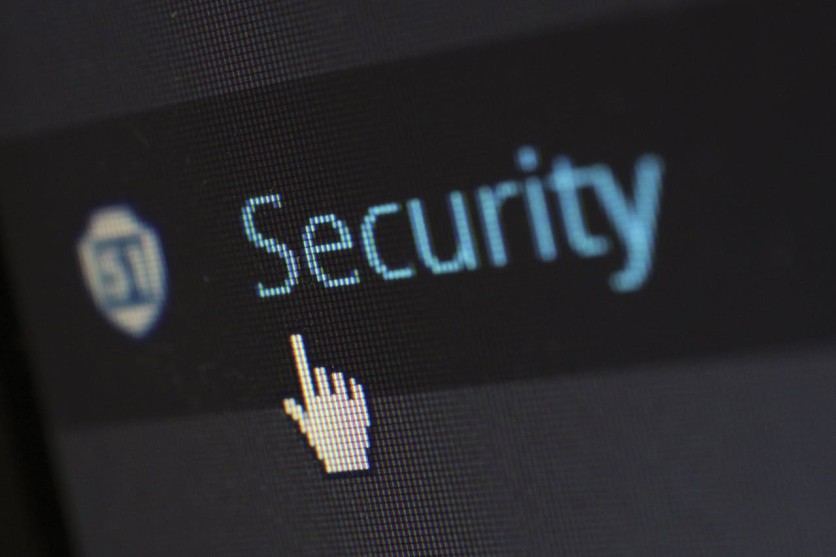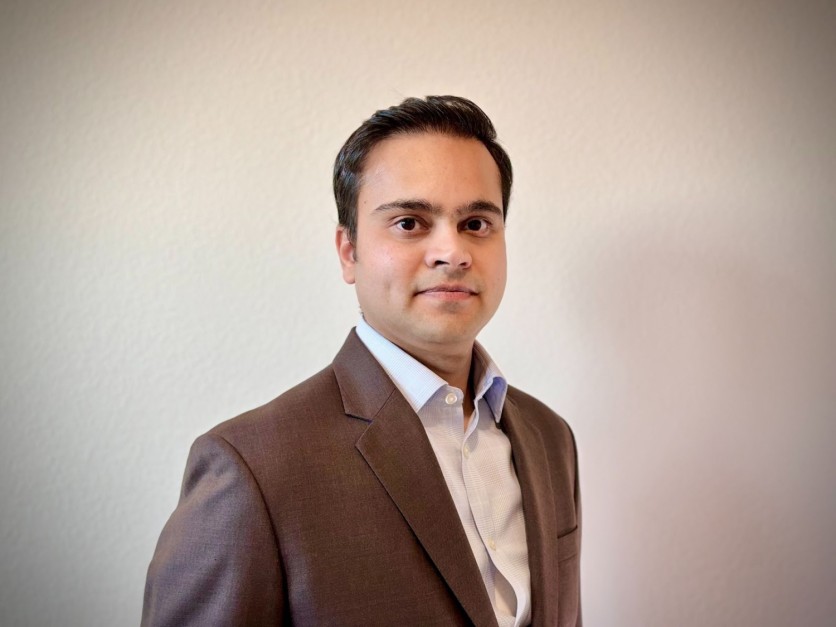
Cyberattacks can devastate operational and financial impacts on businesses of all sizes. Smaller entities often operate with limited resources and tight budgets, making allocating substantial funds for cybersecurity measures difficult. Without the protective shield of advanced security systems and protocols, they are exposed to a higher risk of cyberattacks.
In contrast, while large businesses may have more robust cybersecurity measures and are more likely to invest in cyber insurance, they are not immune to the financial toll of cyberattacks. The scale of operations in larger companies means that a breach can affect vast amounts of data and disrupt global operations, leading to significant financial losses, regulatory fines, and legal costs.
As these businesses have turned digital, every click, login, and digital handshake has become an increasingly potential vulnerability. The rise of cloud computing and expanding remote work, especially after Covid, has blurred the traditional boundaries of networks, making the old castle-and-moat approach to cybersecurity obsolete.
In this context, the Zero Trust cybersecurity model challenges the notion of who to trust, why, and how.
The Rise of Zero Trust
The concept of Zero Trust has gained significant traction over the past years. From the name itself, it operates on the principle of "never trust, always verify," assuming that threats can exist outside and inside the network.
This model eliminates the traditional concept of a trusted internal network versus an untrusted external network. It requires strict identity verification for every person and device trying to access resources on a private network, regardless of location.
Using security measures such as Identity Access Management (IAM) and Identity Governance and Administration (IGA), Zero Trust architecture provides a comprehensive approach to addressing these challenges, ensuring that access to sensitive data and resources is granted only to authenticated and authorized users and devices.
The Foundation of Security: IAM in Zero Trust
Identity as the New Perimeter
Zero Trust mandates that every access request must be securely authenticated and authorized, regardless of its origin. IAM systems are gatekeepers as Identity provides the necessary attributes and signals to verify every user and device before granting access to resources.
It provides the mechanisms for robust authentication (verifying who is requesting access) and authorization (determining what they are allowed to access), which are critical for enforcing Zero Trust policies.
However, IAM goes beyond mere gatekeeping. By enforcing multi-factor authentication and managing user permissions, IAM platforms ensure that users can access only the necessary resources at the specified time and under the right conditions, effectively implementing the principle of least privilege, which minimizes the potential impact of a breach.
Dynamic and Adaptive Security
The beauty of IAM in Zero Trust is its dynamic nature. Access decisions are not static but are continuously evaluated based on context, such as the user's location, device security posture, and the sensitivity of the requested resource. This adaptability is crucial in a landscape where threats evolve daily.
Governance Meets Security: The Role of IGA
While IAM focuses on the technical aspects of access, IGA brings governance into the equation. It is about ensuring that access rights are not just granted efficiently but are done so in compliance with policies and regulations and are periodically reviewed as well.
IGA processes ensure access rights are granted based on current needs and are promptly revoked when no longer necessary. By implementing Lifecycle process flows for Joiner, Leaver, and Mover events or by reviewing the user access periodically, IGA processes ensure that the user access is current and not bloated. This governance is crucial for Zero Trust, which requires strict control and oversight over access permissions.
Zero Trust architectures benefit from IGA's capabilities to monitor, log, and report on access patterns and compliance with access policies. This is essential for internal security audits and compliance with external regulatory requirements.
By managing the entire lifecycle of digital identities and automating the enforcement of access policies, IGA platforms provide a framework for sustainable security. They allow organizations to scale their security measures as they grow, adapting to new business processes and technologies while maintaining strict governance.
A Unified Approach to Security
The true potential of Zero Trust is realized when the IAM and IGA platforms are integrated. IAM provides the mechanisms for secure access, while IGA ensures that clear, compliant policies govern these mechanisms.
Together, they offer a comprehensive security that aligns with the Zero Trust principle of assuming breach and verifying every access request. This enhances security and streamlines operations, making security a seamless part of the business process rather than an obstacle.
Overcoming Challenges and Embracing the Future
While the benefits of Zero Trust architecture are clear, implementing it in IAM and IGA platforms is not without challenges. The shift to Zero Trust can be complex, requiring a comprehensive understanding of all assets within an organization's network.
It can also be resource-intensive, requiring significant investment in technology and training. Additionally, implementing Zero Trust principles may disrupt existing workflows and require changes in how users access network resources.
Despite these challenges, the future of cybersecurity relies on adopting more advanced and proactive measures like the Zero Trust architecture. As organizations navigate the digital world, investing in robust security measures is better than fighting against the threat itself. Such initiatives save time, money, and effort, ensuring businesses are a step ahead in securing their digital assets, protecting sensitive data, and maintaining their customers' trust.
About the Author:

Suramya Bakshi is a technology expert committed to advancing the field of digital security. With a Master of Science in Information Technology from Carnegie Mellon University, he has established a strong academic foundation that has propelled his professional endeavors.
Currently working as the Director at Cyderes, a global cybersecurity services company, Suramya leverages profound expertise in cybersecurity to guide emerging and established enterprises through the complexities of protecting their intellectual property and data from external threats. He also consults them on leveraging and maximizing critical cybersecurity measures such as Zero Trust, IAM, IGA, Data Governance, and more.
Suramya has overall fifteen years of experience working in IAM, IGA, Data Governance, and Secure Software Engineering, where he delivered high-level cybersecurity measures that ensured the safety and security of data in businesses in industries such as healthcare, financial services, energy, higher education, technology, and more.
Throughout his career, he has also achieved several prestigious cybersecurity certifications, including ISC2 CISSP and CompTIA Security+, demonstrating his excellence and commitment to improving and enhancing U.S. cybersecurity.
ⓒ 2025 TECHTIMES.com All rights reserved. Do not reproduce without permission.




